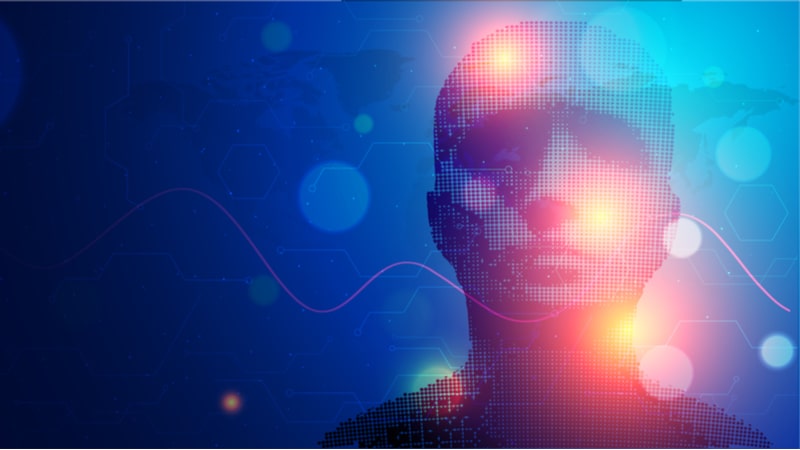
The Federal government’s top watchdog agency said that two key Federal agencies are making progress on shaping up how they use facial recognition technologies.
In a September 2023 report, the Government Accountability Office (GAO) called out the Departments of Justice (DoJ) and Homeland Security (DHS) for utilizing facial recognition technologies without requiring staff training or administering policies to help protect people’s civil rights.
In a new report released on March 8 – just six months later – the GAO found that both DHS and DoJ have taken some steps to address the issues, including implementing department-wide policies on facial recognition technology use with some of the departments’ component agencies now requiring training.
Last year, the government watchdog studied seven law enforcement agencies utilizing facial recognition technology within DoJ and DHS. GAO found that four of the agencies – three in DoJ and one in DHS – did not have policies or guidance in place intended to help protect civil rights and civil liberties when leveraging facial recognition technology.
“After our September 2023 report, DHS finalized a department-wide policy, which includes topics such as limiting the use of the technology; protecting privacy, civil rights, and civil liberties; and testing and evaluation of the technology,” GAO’s March 8 report says. “DOJ also said it has developed an interim policy on facial recognition technology with topics such as the protection of civil rights and civil liberties, and training requirements.”
Additionally, GAO’s September 2023 report found that all seven agencies had initially used the technology without first requiring staff to take training on topics such as how facial recognition technology works, what photos are appropriate to use, and how to interpret results. GAO found that, cumulatively, agencies with available data reported conducting about 60,000 searches using facial recognition services when they did not have training requirements in place.
In its most recent report, GAO found that two of the seven agencies – Homeland Security Investigations and U.S. Marshals Service – ultimately implemented training requirements. Of the remaining five agencies, two continued to use facial recognition services – FBI and U.S. Customs and Boarder Protection – and three halted their use of the services – Bureau of Alcohol, Tobacco, Firearms, and Explosives, Drug Enforcement Administration, and U.S. Secret Service.
The watchdog agency’s report comes at a time when some lawmakers are wary of the tech.
In October, a group of House Democrats reintroduced legislation that aims to limit the ability of law enforcement agencies to use facial recognition technologies. The Facial Recognition Act would limit the use of facial recognition technology by requiring law enforcement to obtain a warrant that shows probable cause that a violent felony was committed.
More recently, a group of senators called on the DoJ to conduct better oversight of the use of facial recognition technologies across the department and its component agencies. The group of 17 Democrats and one independent demanded the DoJ explain how the agency’s policies and practices ensure that law enforcement’s efforts to leverage facial recognition technology comply with civil rights protections.
